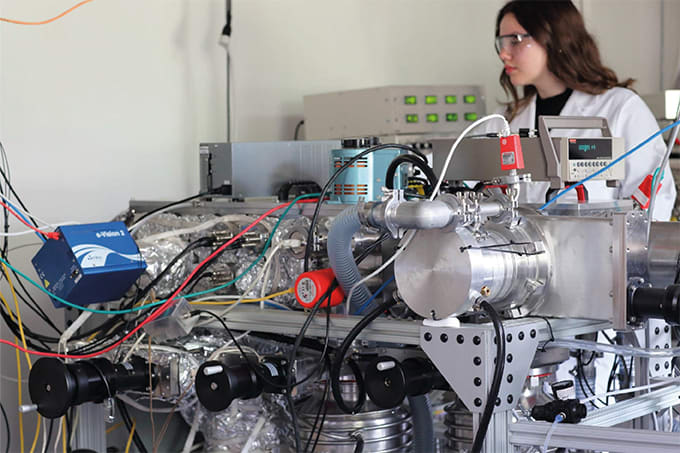Much has been written about the benefits that a proactive asset management strategy can deliver to a company’s bottom line. But despite significant drivers, most managers have to focus their day job, lacking the time or resources necessary to establish a successful program. Here, I’ll show what an optimized approach can deliver in practice, using the clearance of R&D equipment from a pharmaceutical site as an example.
To achieve a decent level of return, a holistic approach should be considered. Sophisticated tools now exist that allow the creation of a comprehensive inventory of surplus and idle assets, supporting their redeployment and utilization across multiple sites. In my experience, the redeployment of equipment within a business always delivers the highest value. After that, selling items that are no longer required gives the next best return on investment. In other cases, especially with older equipment, scrap provides optimum value. In most projects, a number of strategies – redeployment initiatives, online marketplaces, competitive auction events, and clearance programs – must be used together to reap the highest possible returns. We use a “value control” approach to manage this process effectively.
Let me provide a real-world example. The relocation of a major pharmaceutical company’s R&D activity meant that an entire site needed to be cleared of all company assets. Already an active and established EquipNet client, the company had earmarked in excess of 500 individual pieces of equipment for disposal using our Asset Redeployment Management System (ARMS). Starting with this inventory master list, each item was expertly valued, which served not only to provide reliable figures for equipment being transferred to partner companies or subsidiaries, but also allowed us to agree financial targets for the project.
We adopted a ‘divide and conquer’ policy, splitting the disposal process into a series of phases. Equipment, ranging from tablet presses to liquid chromatography-mass spectrometry systems to stirrers, was grouped together on the basis of a number of criteria, functionality and disposal date being two of the most important. Each phase began when equipment use was at an end and when individual labs or buildings were ready for clearing. Certainly, such nimble project management underpins success and timely progress, but phasing disposal in this way has further rewards, for example, by preventing a flood of similar instrument types into the marketplace, which helps keep interest and returns high.
Even before any equipment left the site our value control approach began, with items initially being posted for sale on our marketplace. At this stage, kit carries a specific asking price and an undisclosed minimum price tag. This is where high value assets are identified; every agreed sale comes with direct client approval. Our sales team works hard, using its network of contacts, to achieve or exceed valuations.
Equipment that remains unsold after being showcased in the marketplace is moved into an auction event. Price expectations are lower here, so the reserve price is typically reduced. If the auction succeeds in generating a bid above the minimum then the sale goes through automatically. However, if the minimum isn’t met then the seller has the choice of taking the highest bid or retaining the piece for a later auction. Once all avenues of profitable disposal are exhausted the equipment will be assessed for donation – or scrapped.
In this particular example, all equipment has been extracted from site and the selling process continues – a notable success in the marketplace was the sale of a tablet press for $300,000.
There is no doubt that undertaking a project on this scale can be a logistical nightmare but, by applying the right processes, industry experience and project management know-how, it is already delivering value, turning what could have been a problem into a significant bottom line boost. Working alongside a specialist not only reduces workload but also allows companies to find the best market for their assets. So, the big question is, what have you got gathering dust in the corner of your lab?




